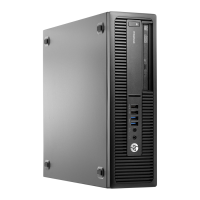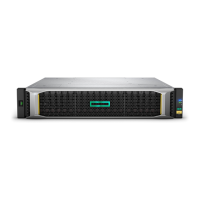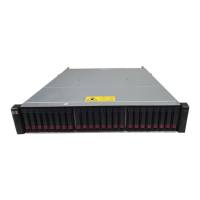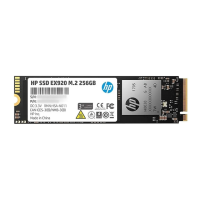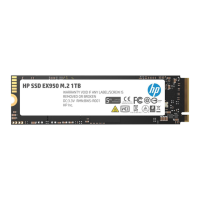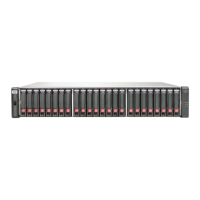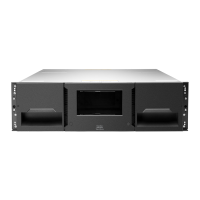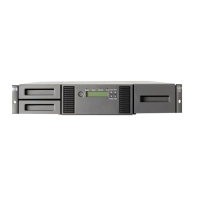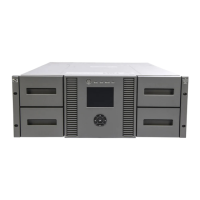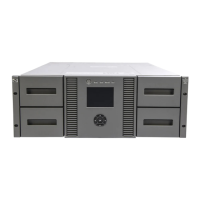40 Reference
SCR Reference (man Pages)
scr (5) - Using Tags and Filters
Using Tags and Filters
• Assign easy to recognize labels on configuration information by
creating and applying tags. There are two types of tags:
System managed tags (oldest and latest): These tags indicate the
latest and oldest snapshot for each node. These tags
are managed by the system and updated whenever
data is collected or removed.
User defined tags: These tags are used to label snapshots. The
administrator can define, modify, and remove them.
For example, suppose the managed node, node2, has recently had
frequent configuration changes.
# scrhist
NODE TIME ERR TAG
node2 02/07/1999 12:05 PST oldest
04/14/1999 13:05 PDT
04/15/1999 13:05 PDT
04/17/1999 13:05 PDT
04/18/1999 13:05 PDT latest
A specific time can be labeled with a user defined tag. For example,
the following command generates the tag name, StandardConfig:
# scrtag -a node2 StandardConfig 199904171305
# scrtag
NODE TAG TIME
node2 StandardConfig 04/17/1999 13:05
PDT
latest 04/18/1999 13:05 PDT
oldest 02/07/1999 12:05 PST
• Tags can be modified or deleted. For example, to move the tag
StandardConfig for node node2 to the next (latest) snapshot, use
the command:
# scrtag -m node2 StandardConfig 199904181305
If a tag is not used, remove it with the scrtag command, for
example:
# scrtag -d node2 StandardConfig
• View filters can be used by administrators to define customized
views of SCR information. Any user defined view filter can be
applied to any snapshot. For each DMI MIF component, group, or
attribute a filter can be set to on (visible) or off (masked). For newly
detected MIFs, a filter's extension flag can be set to on (visible) or
off (masked).
For example, suppose the software configuration data is not needed,
the HP-UX Installed Software Definition component can be

